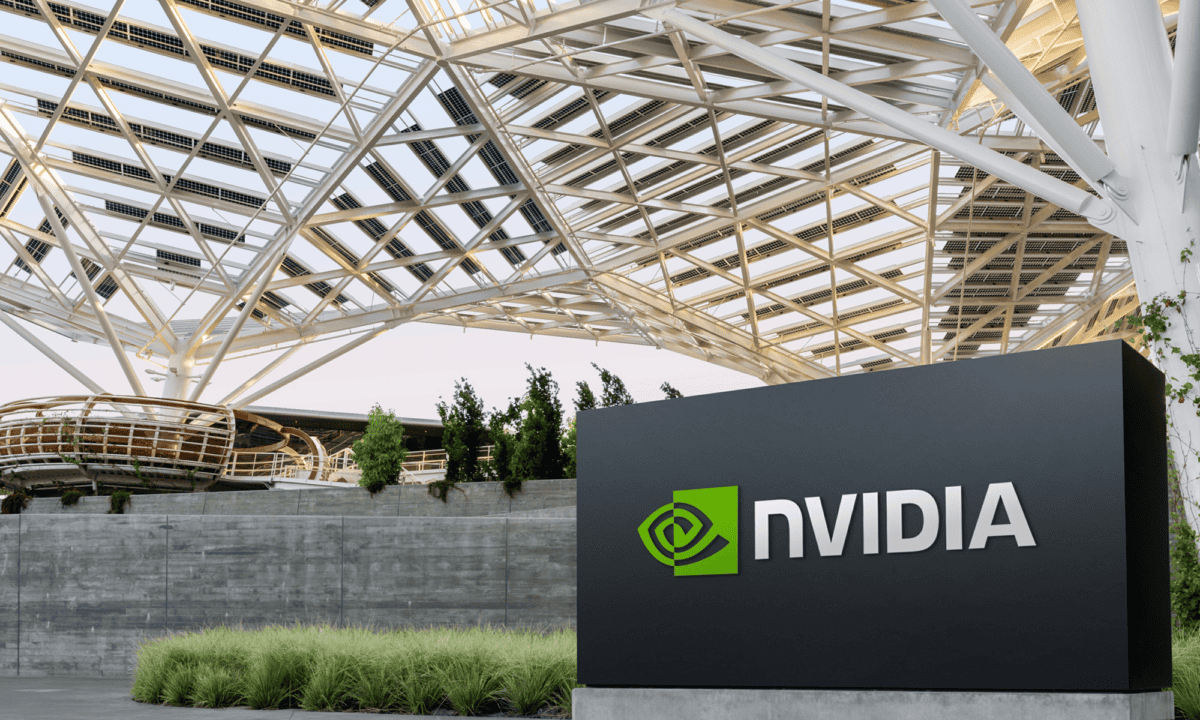Investors were on the edge of their seats heading into Nvidia‘s (NASDAQ: NVDA) highly anticipated financial report after the market closed on Wednesday — and rightfully so. The company has become the bellwether for the tech industry and a barometer for the progress of the artificial intelligence (AI) revolution.
The chipmaker delivered better-than-expected results, giving investors assurances that this paradigm shift would continue. However, hidden among the otherwise blockbuster results was one red flag that bears watching.
Below, I’ll take a look at the results, what the future holds, and one thing investors should keep an eye on.
By the numbers
The bar was set high heading into Nvidia’s fiscal 2025 third quarter (ended Oct. 27), and the chipmaker delivered. The company generated record revenue of $35.1 billion, up 94% year over year and 17% sequentially. This fueled adjusted earnings per share (EPS) of $0.81, which surged 103%.
For context, analysts’ consensus estimates were calling for revenue of $33.13 billion and EPS of $0.75, so Nvidia cleared both hurdles with room to spare.
Fueling the robust results was a record performance from the data center business, which continues to be the main driver. The segment — which includes processors used for cloud computing, data centers, and AI — delivered revenue that soared 112% year over year to $30.8 billion, driven by strong demand for AI.
One of the concerns that surfaced last quarter was a sequential dip in the company’s gross margin, a trend that continued in Q3. Gross margin of 74.6% was down 500 basis points from 75.1% in the second quarter. CFO Colette Kress blamed a product “mix shift from H100 systems to more complex and higher cost systems.” While the trend continued this quarter, it’s still well above the average of the past decade.

Data by YCharts.
Yet even as revenue soared 94%, operating expenses climbed just 50%, sending more to the bottom line and fueling the 103% jump in EPS.
Nvidia’s cash stockpile has more than doubled over the past year, with cash and marketable securities of $38.5 billion, an increase of 110%. Free cash flow of $16.8 billion soared 138%.
The company provided investors with an update on the upcoming release of its highly anticipated Blackwell AI architecture, which is scheduled to begin shipping in the calendar fourth quarter:
We completed a successful mask change for Blackwell, our next Data Center architecture, that improved production yields. Blackwell production shipments are scheduled to begin in the fourth quarter of fiscal 2025 and will continue to ramp into fiscal 2026 … Both Hopper and Blackwell systems have certain supply constraints, and the demand for Blackwell is expected to exceed supply for several quarters in fiscal 2026.
Nvidia’s fiscal 2026 begins in late January, and the commentary suggests that even as demand remains strong, supply constraints will hamper its growth well into next year.
The future looks bright, but…
Management expects the company’s growth spurt to continue. Nvidia is guiding for record fourth-quarter revenue of $37.5 billion, which would represent year-over-year growth of 70%. While that’s ahead of Wall Street’s expectations of roughly $37 billion, investors were initially hesitant to celebrate — but that soon gave way to reverie.
Nvidia already has plenty of growth priced in, but the stock is still attractively priced, selling for roughly 35 times next year’s expected earnings. While that’s a slight premium, it’s a reasonable price to pay for a company that’s expected to grow earnings by 121% this year and 47% in its fiscal 2026.
There is one area investors should keep an eye on. In Nvidia’s CFO Commentary, Kress noted that “Cloud service providers represented approximately 50% of our Data Center revenue.” Doing the math reveals that 44% of Nvidia’s total revenue — or $15.4 billion — comes courtesy of the big cloud infrastructure providers, primarily Amazon Web Services, Microsoft‘s Azure Cloud, and Alphabet‘s Google Cloud.
The buildout of cloud data centers is ongoing, and the major cloud providers have all signaled they plan to continue spending heavily to expand their AI infrastructure. That trend primarily benefits Nvidia, as the company has a dominant 98% share of the market for data center graphics processing units (GPUs). However, that cuts both ways. If demand slumps — for any reason — the major cloud providers could rein in spending, putting billions of dollars of Nvidia’s revenue at risk.
Don’t get me wrong. I’m a big believer in the potential of AI and, by extension, the opportunity ahead for Nvidia. The stock represents roughly 12% of my personal portfolio (as of this writing), so I’m rooting for the company to succeed. That said, I’d be remiss if I didn’t keep a weather eye on the horizon for problems that could send the stock plunging.









